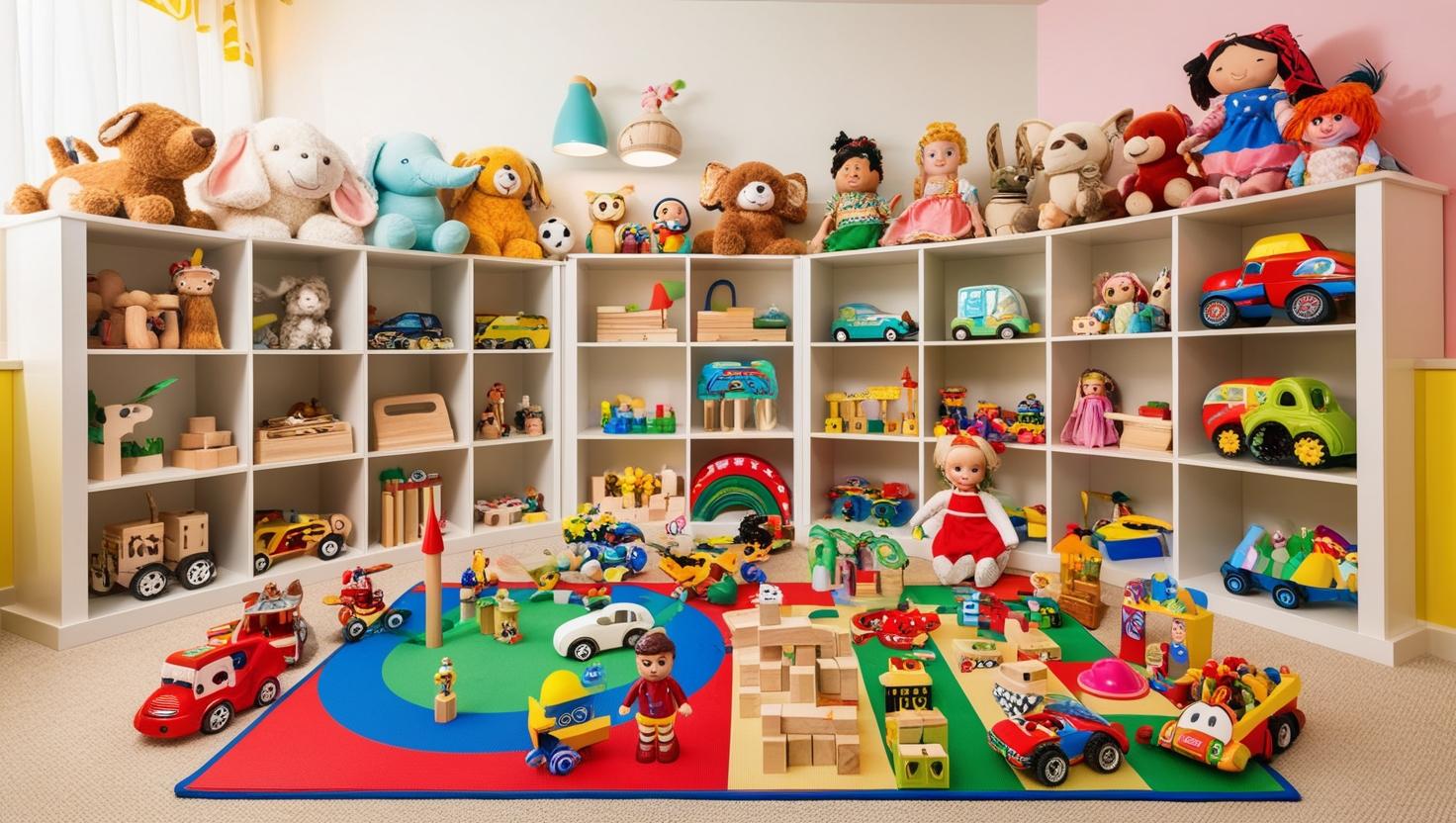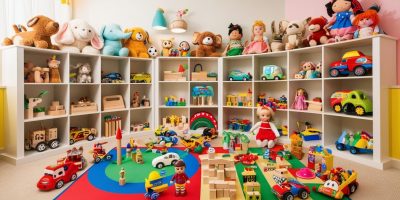STEM subscription boxes have exploded in popularity—and for good reason. They deliver hands-on, brain-boosting projects right to your doorstep, helping kids fall in love with science, tech, engineering, and math through play. But with so many options out there, how do you choose the best one?
In this post, we’re comparing three of the biggest names in STEM subscription boxes: KiwiCo, MEL Science, and CrunchLabs. We’ll break down what each offers, who it’s best for, how much it costs, and whether it’s worth your money.
Let’s dive in.
Why Choose a STEM Subscription Box?
Subscription boxes are a great way to:
- Encourage screen-free learning
- Introduce STEM topics in fun, bite-sized ways
- Bond with your child over interactive projects
- Inspire future engineers, scientists, and inventors
These boxes aren’t just toys—they’re educational experiences delivered monthly.
The Contenders: Overview
| Subscription Box | Age Range | Focus | Monthly Price | Parent Involvement |
|---|---|---|---|---|
| KiwiCo | 0–14+ | Creative STEM/STEAM projects | Starts at $18.50 | Low to moderate |
| MEL Science | 5–16+ | Real science experiments & chemistry | Starts at $29.90 | Moderate |
| CrunchLabs | 8–12+ | Engineering builds & YouTube integration | $29.99 flat | Moderate |
Now let’s break down each box in detail.
KiwiCo: The Most Versatile STEM Box
What It Is:
KiwiCo is known for its wide range of age-specific crates, from infant discovery boxes to advanced engineering kits for teens.
Standout Features:
- Age-targeted lines like Panda Crate (0–24 months), Koala Crate (2–4), Kiwi Crate (5–8), and Eureka Crate (14+)
- Emphasis on both STEM and creativity (some crates blend art + science)
- Quality materials and well-designed instructions
- Tons of crate options beyond STEM (e.g., Atlas Crate for geography)
Who It’s Best For:
Parents with kids of multiple ages who want educational play that grows with their child.
What Could Be Better:
Projects are sometimes more crafty than technical—better for beginners than advanced learners.
Learn more:
https://www.kiwico.com
MEL Science: The Science Lab in a Box
What It Is:
MEL Science offers real science experiments—complete with lab gear, chemical kits, and VR integration for older kids.
Standout Features:
- Real chemical reactions, lab tools, and goggles included
- Explains scientific concepts clearly and in-depth
- Add-on options for VR lessons and mobile app
- Chemistry, Physics, and STEM-themed boxes available
Who It’s Best For:
Older kids and teens with a serious interest in science and hands-on experiments.
What Could Be Better:
May be too advanced or intimidating for younger kids without adult help. Also slightly pricier than others.
Learn more:
https://melscience.com
CrunchLabs: The Engineering Box with a Story
What It Is:
Created by former NASA engineer and YouTube star Mark Rober, CrunchLabs delivers one big build per month, often connected to real-world physics or engineering.
Standout Features:
- Each box comes with an exclusive Mark Rober video explaining the build
- Projects like build-your-own safes, traps, and mechanical toys
- Strong engineering focus with a “wow” factor
- Highly engaging for visual and hands-on learners
Who It’s Best For:
Tinkerers and builders who want exciting, challenge-based STEM projects—especially fans of Mark Rober’s YouTube channel.
What Could Be Better:
Only one project per month (less variety), and fewer options for very young kids.
Learn more:
https://www.crunchlabs.com
So, Which STEM Box Should You Choose?
It depends on your child’s age, interests, and learning style.
| Pick This If You Want… | Go With |
|---|---|
| Variety across age groups | KiwiCo |
| Real science lab experience | MEL Science |
| Engaging engineering builds with videos | CrunchLabs |
For toddlers and preschoolers, KiwiCo’s early crates are unmatched. For future scientists, MEL Science provides a rich, experiment-heavy experience. And for kids who love a challenge and a bit of storytelling, CrunchLabs brings the fun in a big way.
Final Verdict: You Can’t Go Wrong
No matter which you choose, all three options promote curiosity, creativity, and real-world thinking. If you’re still unsure, try out one month of each to see what your child connects with most.
STEM isn’t a subject—it’s a mindset. And these boxes help build it, one month at a time.





